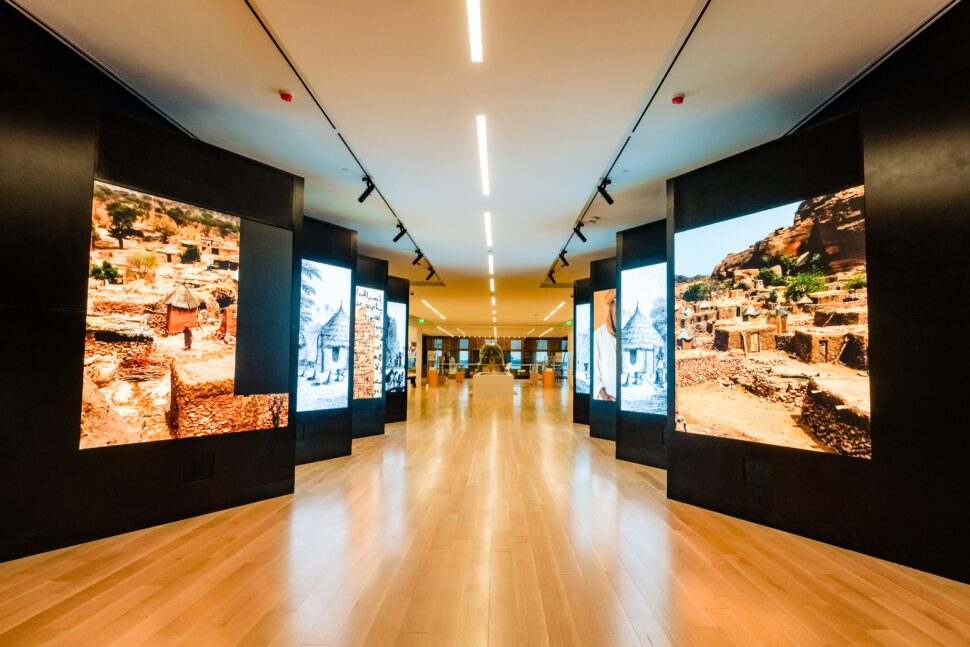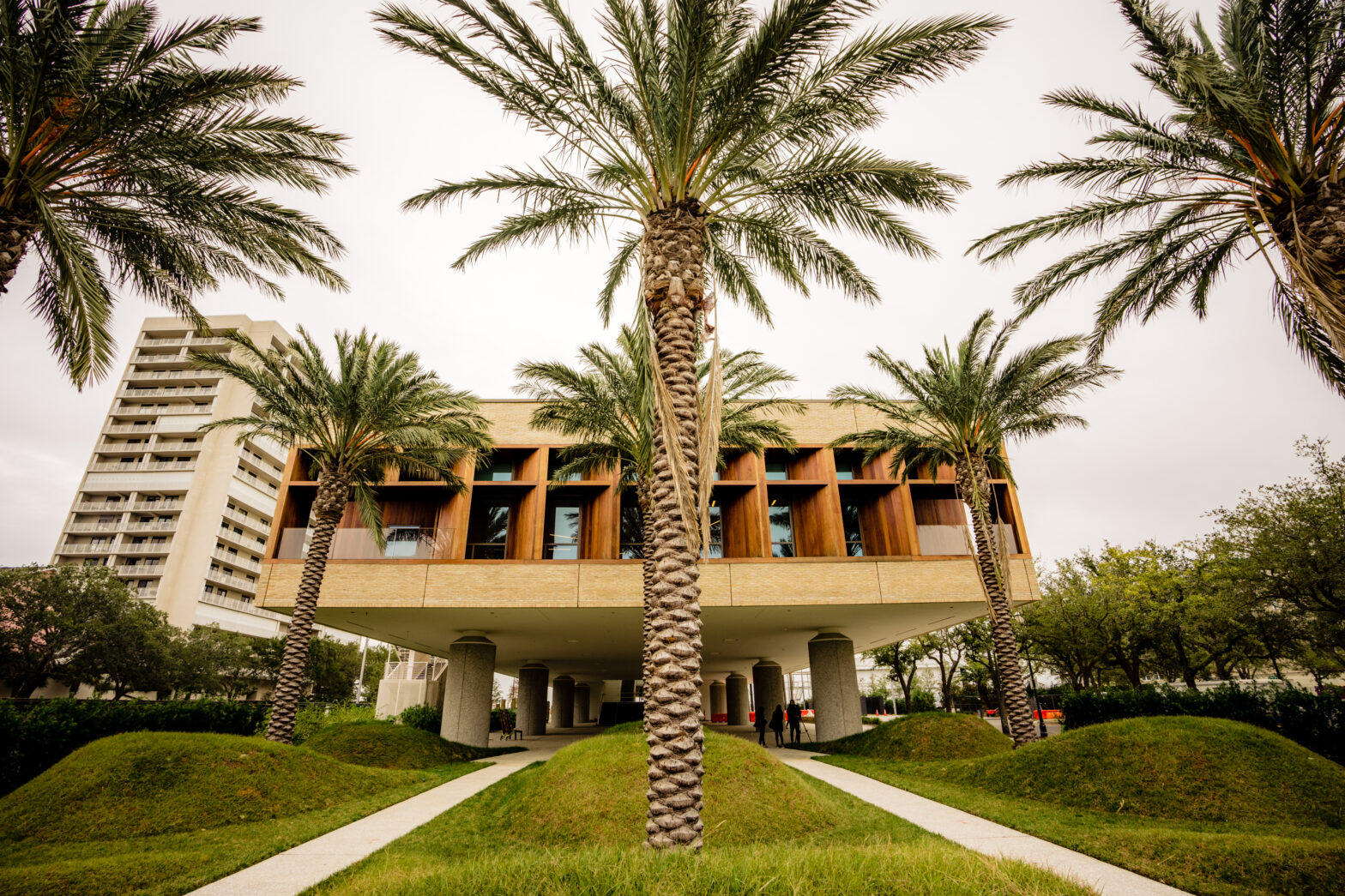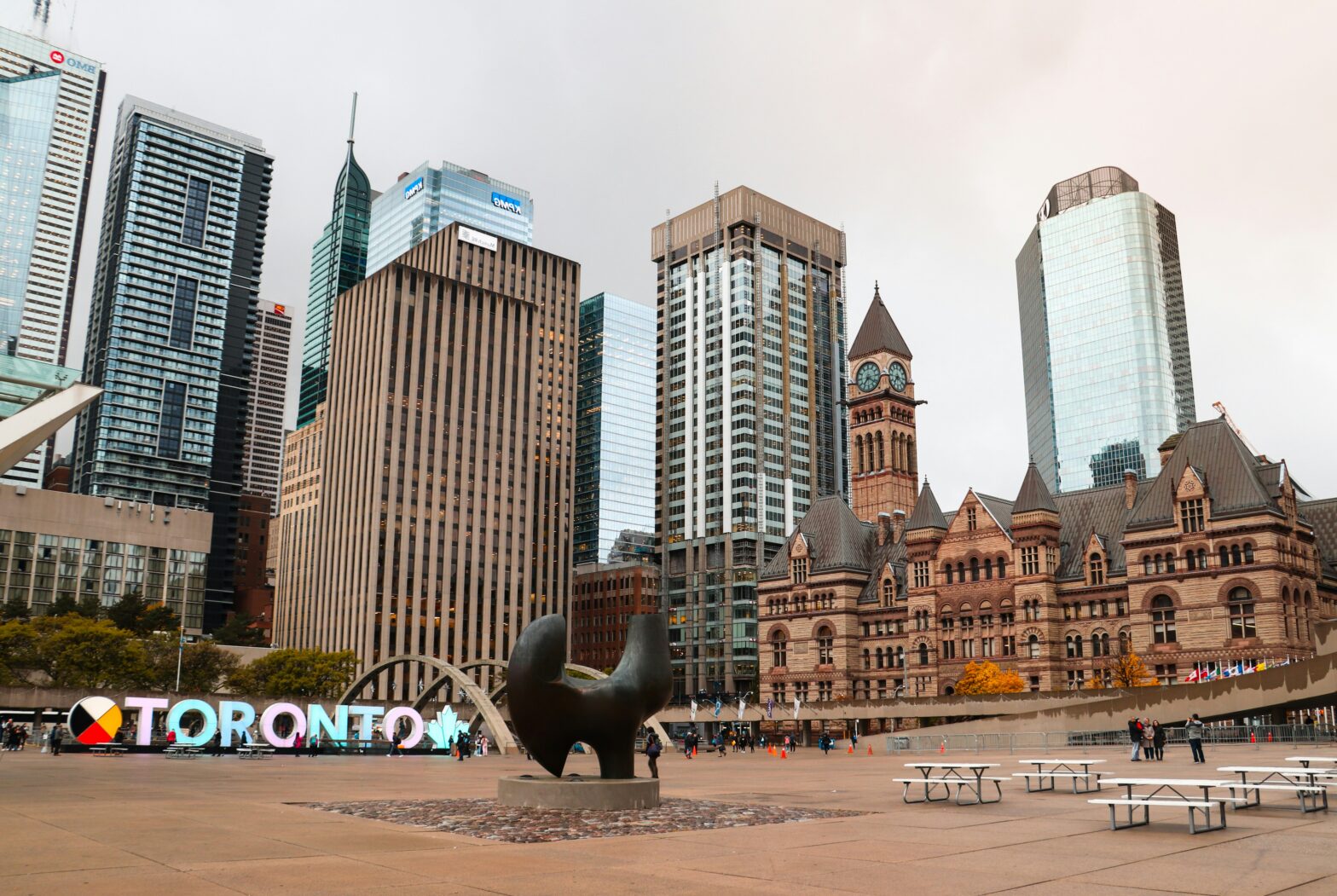Charleston, South Carolina, has a new museum that explores the history, culture and African Americans’ lasting impacts felt in Charleston, the United States, and around the world. The International African American Museum has been in the works for 23 years.
From the time visitors arrive on the museum’s grounds, they will immediately be greeted by history. The museum is located on the historic site of Gadsden’s Wharf.
During the African slave trade, South Carolina received more slaves than any other mainland colony. According to the Preservation Society of Charleston, more than 260,000 enslaved Africans entered South Carolina between 1670 to 1808. A majority of people enslaved disembarked at Gadsden’s Wharf. This location is where an estimated 45 percent enslaved Africans entered the United States.
Gadsden’s Wharf is the start of exploring the history of African Americans in Charleston through IAAM’s landscape.

Inside Charleston’s African American Museum
IAAM’s architecture is inspired by lead designer, Henry N. Cobb. He described the museum as “the place where thousands of Africans from diverse cultures first set foot in North America, Gadsden’s Wharf is not just the right place to tell this story; it is hallowed ground. The special design challenge of the museum is to build on this site without occupying it.”
Once inside, visitors can explore nine galleries, including the Transatlantic Experience, The Theater, Atlantic Worlds
Gullah Geechee, African Roots, and Carolina Gold. There’s also The South Carolina Connections, American Journeys and the Special Exhibitions.
Beyond the galleries are other spaces, such as the African Ancestors Memorial Garden, to reflect on the historic significance of Gadsden’s Wharf. The garden is a free and open space for the public to host informal and structured gatherings.
Walter Hood is the landscape artist behind the garden, which is surrounded by a shallow pool as a metaphor for the Atlantic. According to IAAM leadership, the design team envisioned this entry as both a destination and transitional space between the landscape and exhibition.

On the upper level of the museum is where the historical and cultural exhibits and the Center for Family History are located. Exhibit designer, Ralph Appelbaum, made it in a way for visitors to enjoy unobstructed views.
One of the most unique components of the museum is the Center for Family History. It will serve as way to actively help community members find connections between themselves and their ancestors.
This department is in charge of storing photos, marriage records and archival tools. It also has the largest collection of United States Colored Troop (USCT) records, outside of the National Archives. Visitors can also explore genealogical resources and educational tools to help discover more about their own stories.
“The IAAM is a must-see because it provides an unparalleled visual, auditory, and sensory experience that harnesses the power of place—our location at the historic Gadsden Wharf—to honor the untold stories of African American journeys throughout the Atlantic World,” Felice Knight, the director of education, tells Travel Noire.





